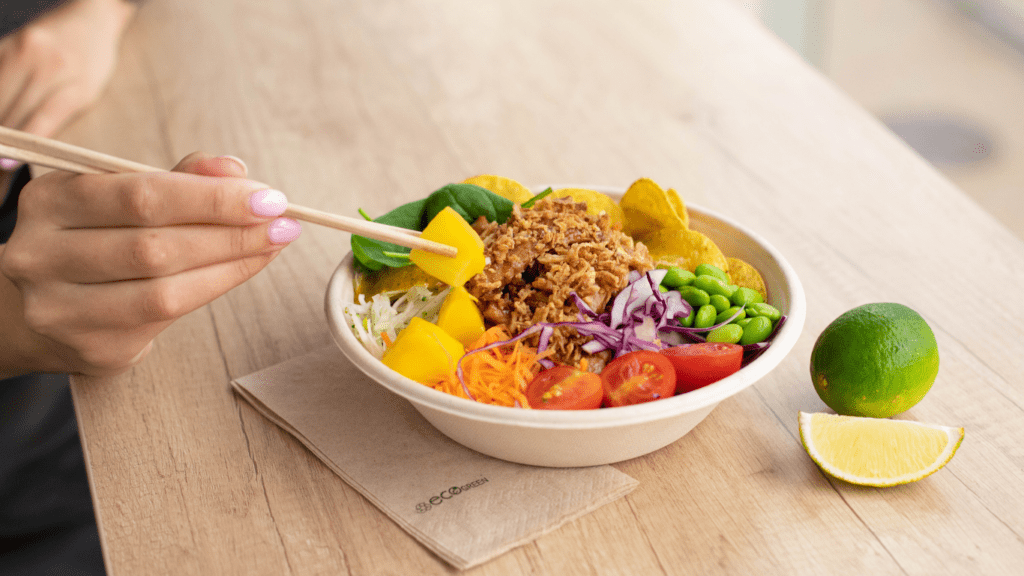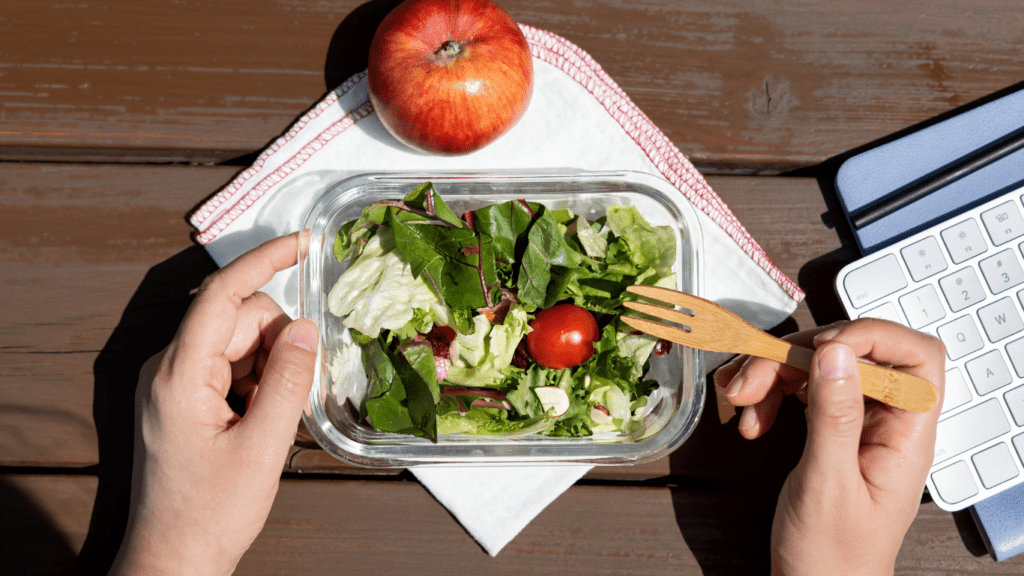Are you looking to pack school lunches that are not only nutritious but also appealing to your kids? As a parent, I understand the challenges of creating meals that are both healthy and enjoyable for children. In this article, I’ll share some practical tips and ideas for planning nutritious school lunches that will keep your little ones satisfied and energized throughout the day.
Importance of Nutritious School Lunches
Nutritious school lunches play a crucial role in the overall well-being of children. As a parent, ensuring that your child has access to healthy and balanced meals during the school day is essential for their growth and development.
Health Benefits for Children
Nutritious school lunches provide children with the essential nutrients they need to thrive. A well-balanced meal can boost their immune system, improve concentration, and support healthy growth. By incorporating a variety of fruits, vegetables, whole grains, and lean proteins into their lunches, children can receive the vitamins and minerals necessary for optimal health.
Impact on Academic Performance
Eating nutritious meals at school can have a significant impact on children’s academic performance. Research has shown that children who consume healthy lunches are more likely to focus better in class, retain information, and have higher energy levels throughout the day. By fueling their bodies with nutritious foods, children can enhance their cognitive function and overall learning experience.
Key Components of a Nutritious Lunch
When planning a nutritious school lunch for children, it’s essential to include key components that provide essential nutrients for their overall well-being and academic performance. Here are the crucial elements to consider:
Protein Sources
Including protein sources in school lunches is vital for children’s growth and development. Options such as lean meats like grilled chicken or turkey slices, hard-boiled eggs, legumes like chickpeas or black beans, and nut butter can be excellent choices. These protein sources help kids feel full longer, sustain their energy levels, and support muscle growth.
Whole Grains and Fiber
Whole grains are rich in fiber, minerals, and vitamins necessary for children’s health. Opt for whole-grain bread, pasta, or rice to provide lasting energy and aid digestion. Adding fiber-rich foods like beans, nuts, seeds, or fresh fruits can also help promote healthy digestion and keep kids feeling full and satisfied.
Fruits and Vegetables
Incorporating a variety of fruits and vegetables in school lunches is key to providing essential vitamins, minerals, and antioxidants. Include fresh fruits like apples, berries, or oranges, and colorful vegetables such as carrots, bell peppers, and cucumbers. These nutrient-packed options help boost the immune system, support brain function, and enhance overall health.
By including protein sources, whole grains and fiber, as well as a variety of fruits and vegetables in school lunches, parents can ensure that their children receive the necessary nutrients to thrive both physically and academically.
Dietary Guidelines and Nutritional Standards
As a parent, I understand the importance of abiding by dietary guidelines and nutritional standards to ensure my child’s overall well-being. Let’s delve into the essential frameworks that dictate the composition of nutritious school lunches.
USDA Guidelines for School Lunches
The USDA provides indispensable guidelines for planning school lunches that meet specific nutritional criteria. These guidelines focus on incorporating a variety of food groups in appropriate portions to offer a balanced and healthy meal for children. By adhering to the USDA guidelines, parents can ensure that their children’s lunches are not only delicious but also nutritionally sound.
International Standards and Comparisons
Exploring international standards allows us to gain insight into how different countries approach the nutritional needs of school children. By comparing and contrasting these standards, we can identify best practices and innovative strategies to enhance the quality of school lunches worldwide. International standards serve as a valuable resource for improving the nutritional value of school meals and promoting healthy eating habits among children globally.
Practical Tips for Planning School Lunches
When it comes to planning school lunches, there are a few key considerations to keep in mind to ensure they are nutritious and appealing for children.
Budget-Friendly Ideas
As a parent, I understand the challenges of providing healthy school lunches while staying within budget constraints. Here are some budget-friendly ideas to help you plan nutritious meals for your child:
- Meal Prep: Dedicate some time during the weekends to prep ingredients for the week ahead. This can help you save time during busy mornings and ensure that you have healthy options ready to pack.
- Buy in Bulk: Purchasing pantry staples like rice, beans, and oats in bulk can be more cost-effective in the long run. You can also buy fruits and vegetables in season or frozen options for added savings.
- Pack Leftovers: Don’t hesitate to pack leftover dinner items as part of your child’s lunch. It’s a great way to minimize food waste and provide a varied meal.
Recipes and Meal Prep
Incorporating a variety of recipes into your meal prep routine can keep school lunches exciting and nutritious. Here are some ideas to inspire your weekly lunch menu:
- DIY Lunchables: Create your own version of the popular lunchables by using whole grain crackers, lean deli meats, and cheese. Add in some fresh veggies and fruits for a well-rounded meal.
- Wrap It Up: Experiment with different wraps using whole wheat or spinach tortillas. Fill them with hummus, lean proteins like grilled chicken or tofu, and plenty of veggies for a colorful and tasty lunch.
- Mason Jar Salads: Layering salads in mason jars can keep ingredients crisp and fresh. Start with the dressing at the bottom, followed by hearty veggies, proteins, grains, and finally, leafy greens. When it’s time to eat, just shake and enjoy!
By implementing these budget-friendly ideas and exploring new recipes, you can make school lunch planning an enjoyable and nutritious experience for both you and your child.
Challenges in Implementing Nutritious Lunches
In preparing nutritious school lunches, specific challenges may arise, but with careful planning, these obstacles can be overcome efficiently.
Handling Dietary Restrictions
Meeting diverse dietary needs can be demanding; however, with tailored meal options, accommodating various restrictions, such as allergies or preferences, is achievable.
Ensuring Variety and Appeal
Maintaining a balance between offering a diverse range of nutritious foods and ensuring the meals are visually appealing is essential for encouraging children to enjoy their lunches.



